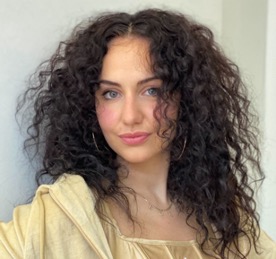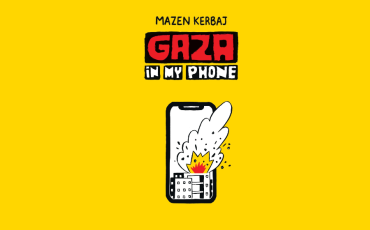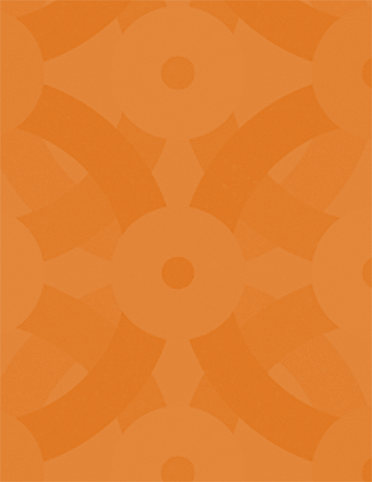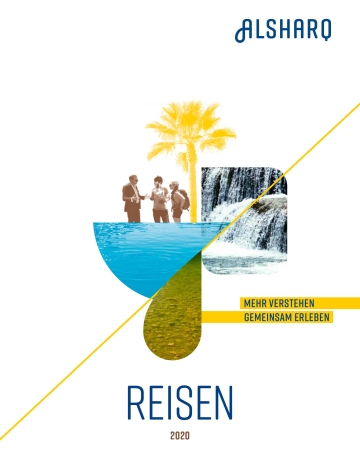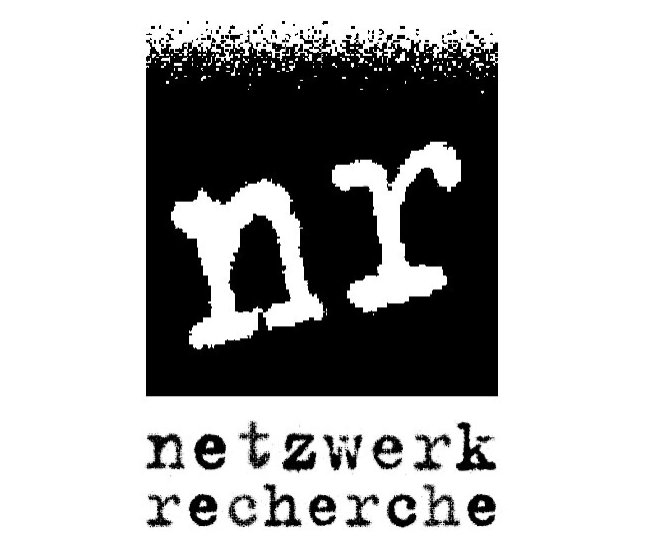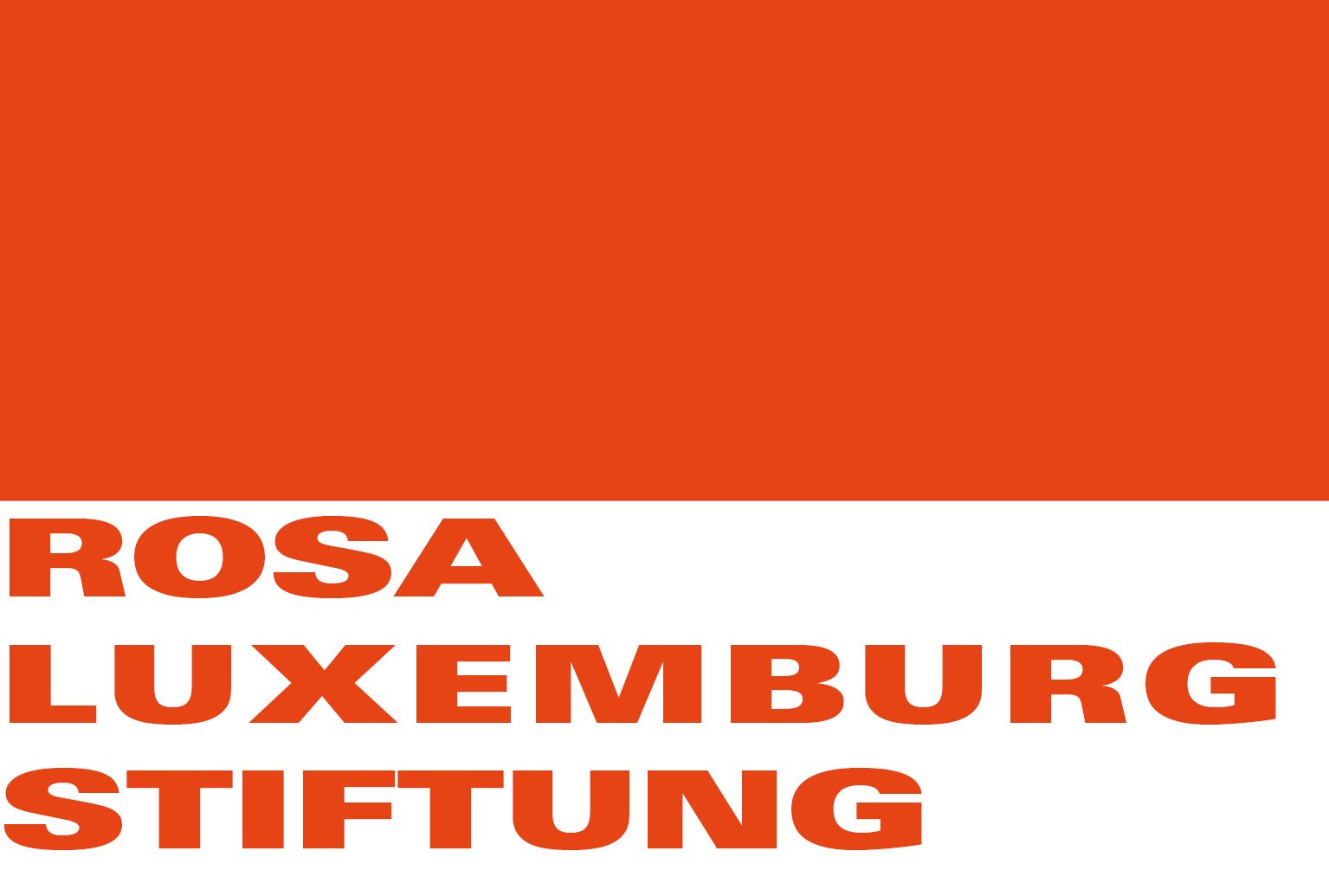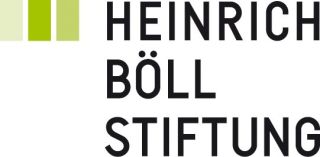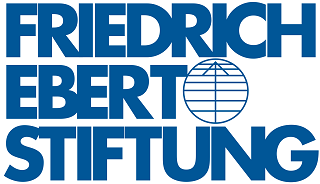The Islamic festival, Eid-al-Fitr, marks the end of the fasting month of Ramadan. It is a cherished time in which community is seen as priority. Through our photo series, we give impressions of how Ramadan was celebrated in WANA.
For practising Muslims around the world, the month of Ramadan is a holy time. It marks the ninth month in the Islamic calendar, in which the Koran is said to have been sent down from heaven. The holy month starts and ends with the arrival of the half-moon. In 2023, the fasting period was celebrated from 23rd March until the 21st April; dates may vary slightly depending on the country.
The month of Ramadan is considered a moment for reflecting upon basic needs; people are considerate of the sick and the poor, and gratitude and charity are practised. Community comes as a priority during this time, which is why many Muslims spend both the Suhoor (the last meal before sunrise) and Iftar (the breaking of the fast after sunset) with family, neighbours and friends. Within communities, people bring food and sweet dishes over and dine together – sometimes at home, sometimes in restaurants.
After Iftar, many Muslims go to the mosque for prayer and then into the city, as the atmosphere in the streets of Muslim-dominated parts of West Asia and North Africa is electric during this time. For the three-day “Eid-al-Fitr” (also called “Eid”), which symbolises the end of the fasting month, we give examples of how the month of Ramadan was celebrated in different parts of the region.
Kabul, Afghanistan
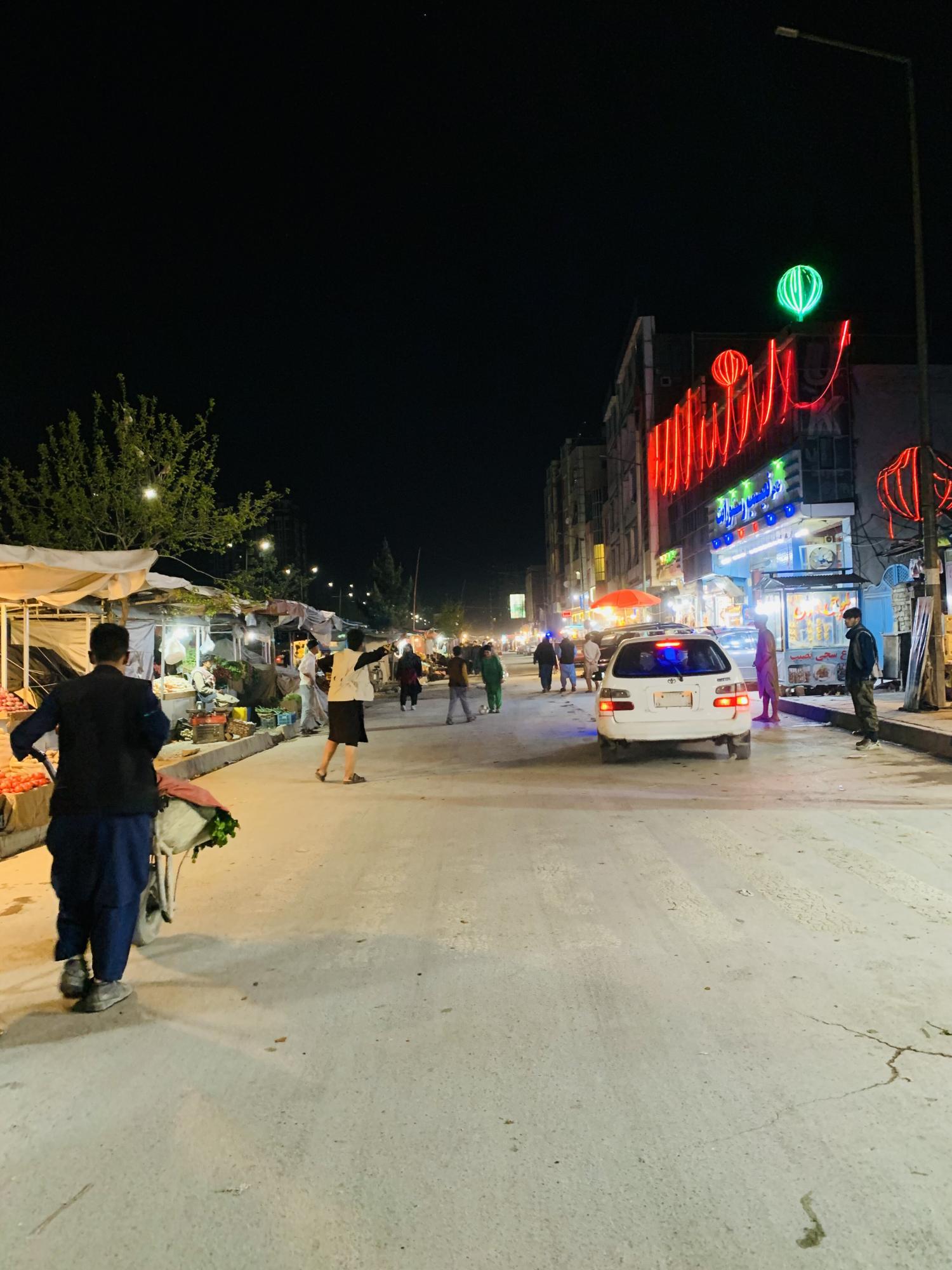
In Kabul province, in the centre of Afghanistan, people spend some time going outside with with friends and family after breaking their fast. They buy a small snack or a glass of juice. Children, of course, are especially thrilled about a scoop of ice cream.
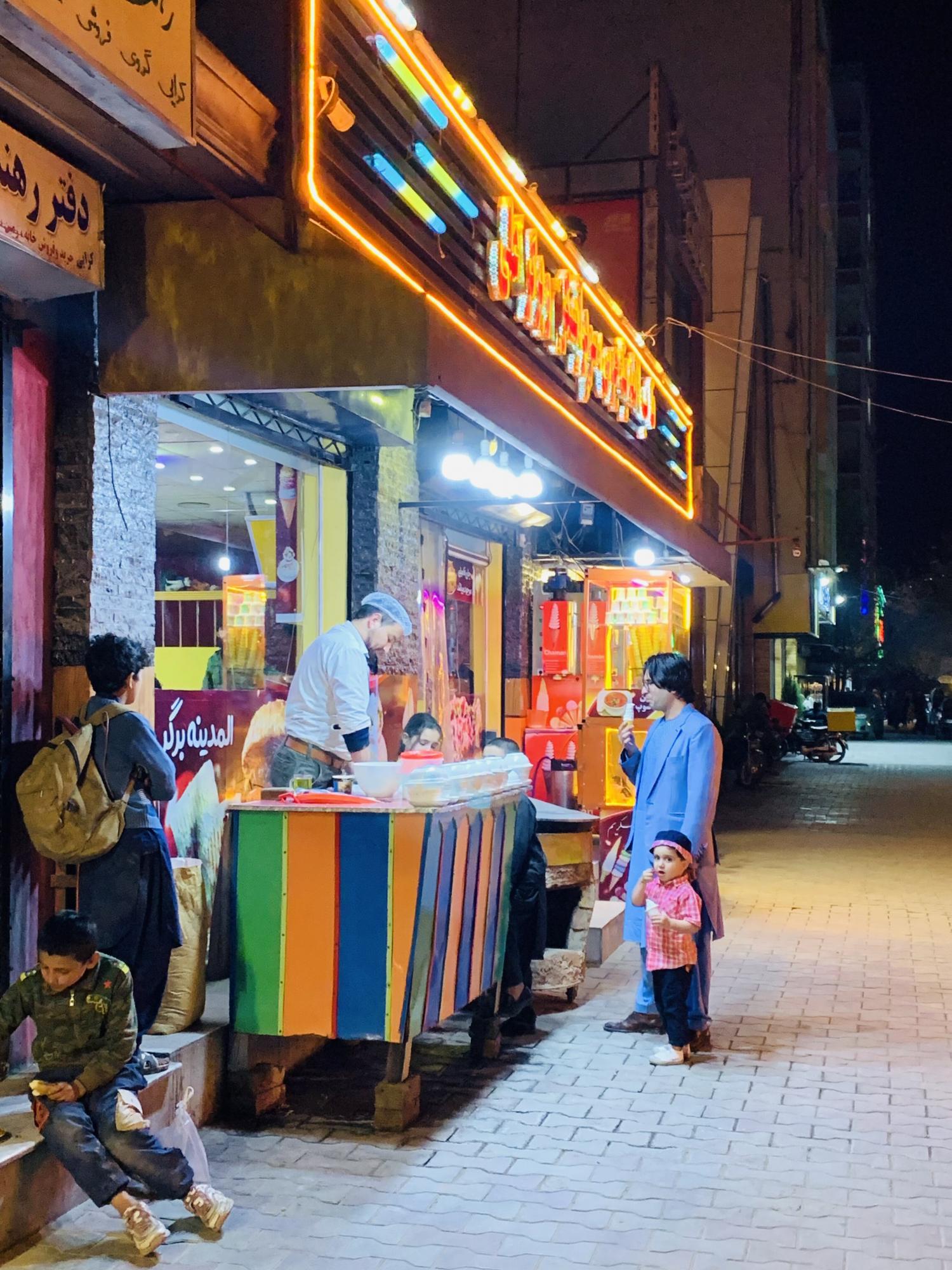
Beirut, Lebanon
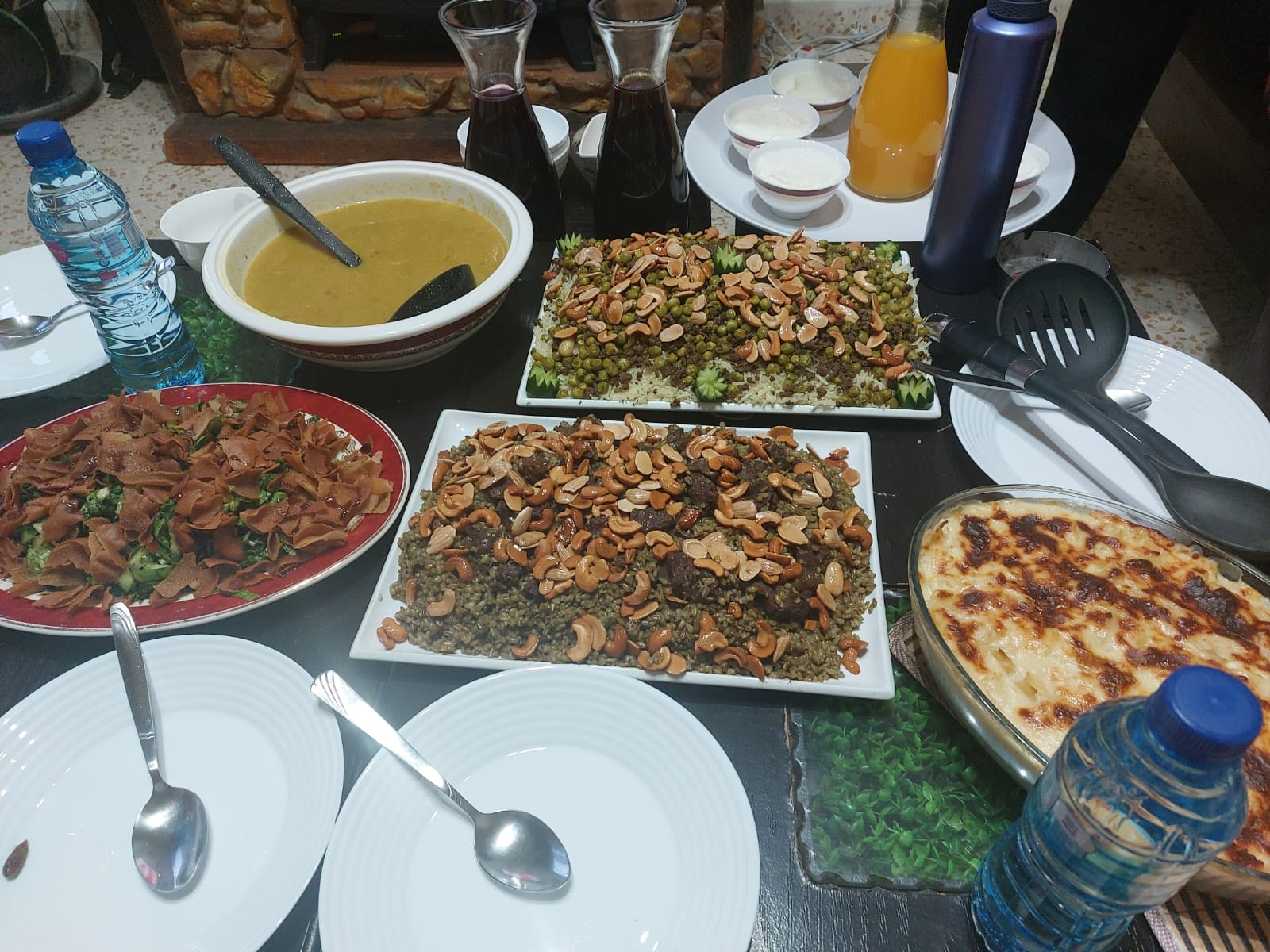
The district of Achrafieh, situated in the Lebanese capital Beirut, is inhabited predominantly by Christians. Therefore, Ramadan celebrations are not particularly noticeable on the streets: there are neither decorations nor celebrations, or Iftar-offers at restaurants. The Muslim citizens who live there therefore enjoy breaking their fast at home and have social evenings together.
The same applies to the Mar Mikhael area in the Medawar district, which is also more Christian-influenced. Overall, only few restaurants offer Iftar options, dis:orient member Elena Athina Mieslinger reports, who is currently living in Beirut. Instead, many people order from restaurants and pick their orders up three quarters of an hour before breaking their fast, she explains.
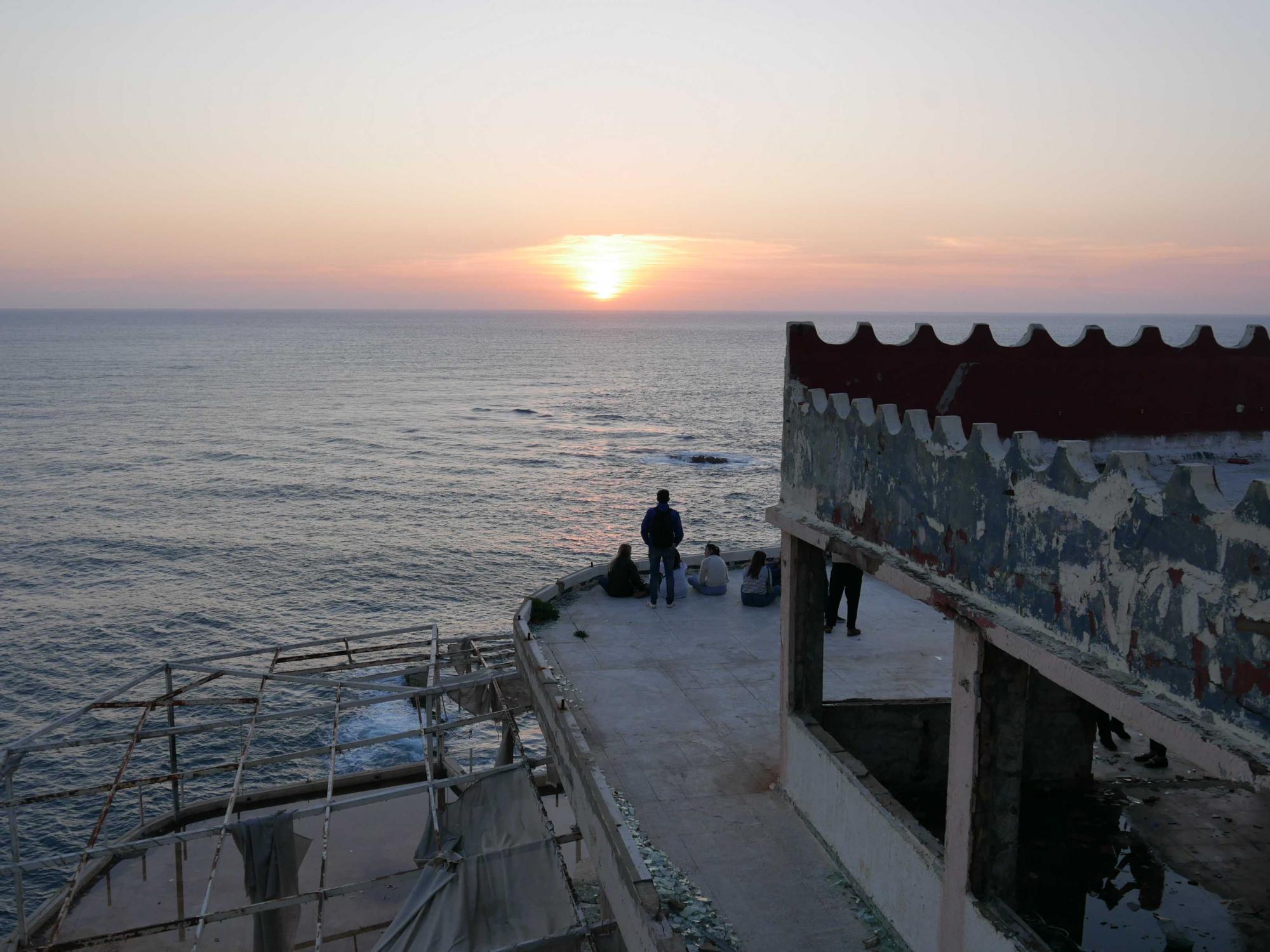
Elena celebrated Iftar together with a Syrian friend and his family who had fled to Beirut only two weeks prior due to the effects of the earthquake in Syria. They met slightly earlier, prepared all the food, and their guests brought desserts. “Afterwards, we watched the sunset together on the roof terrace, before we started eating at 7:10pm.”
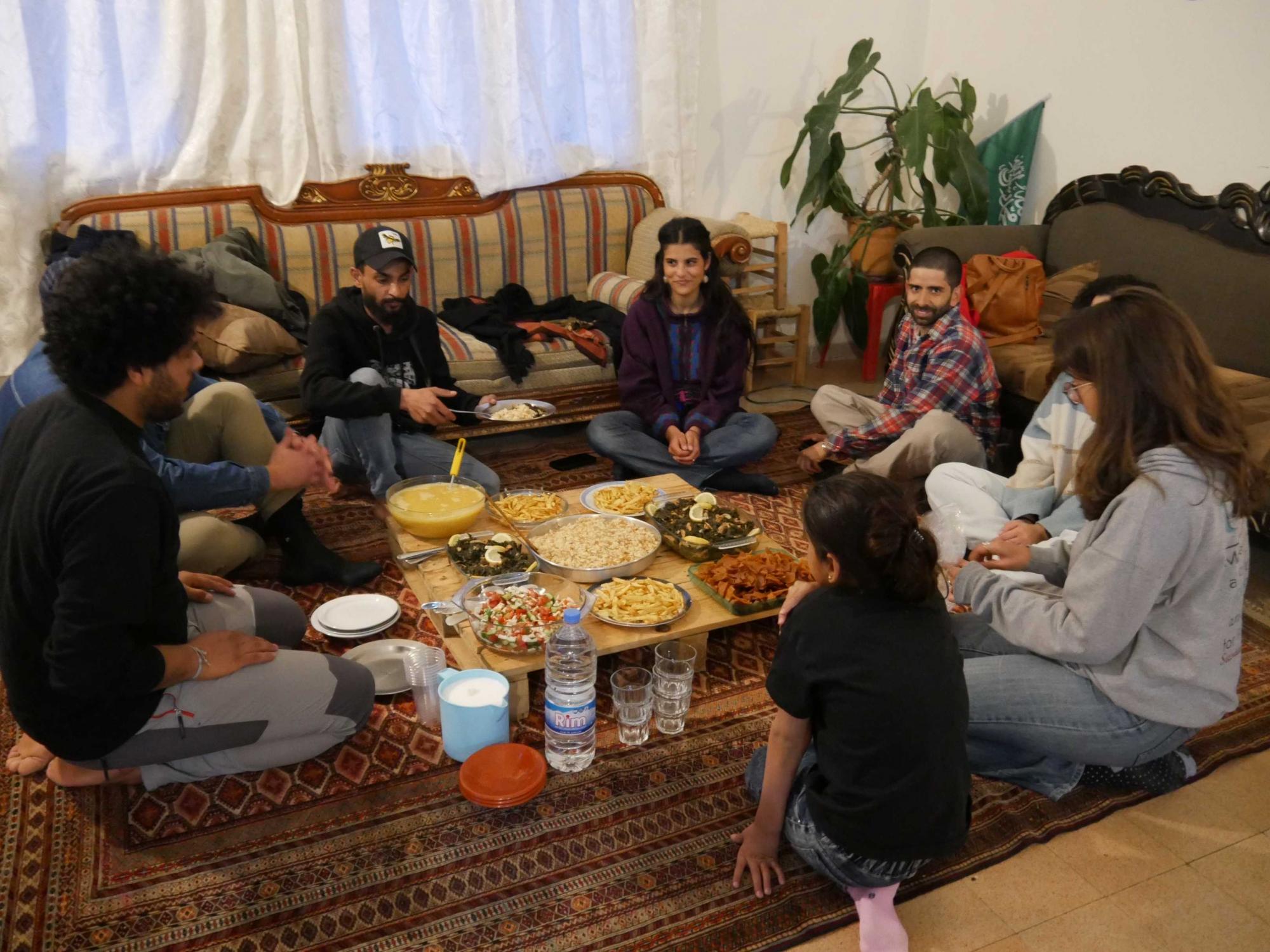
Al-Matareya, Egypt
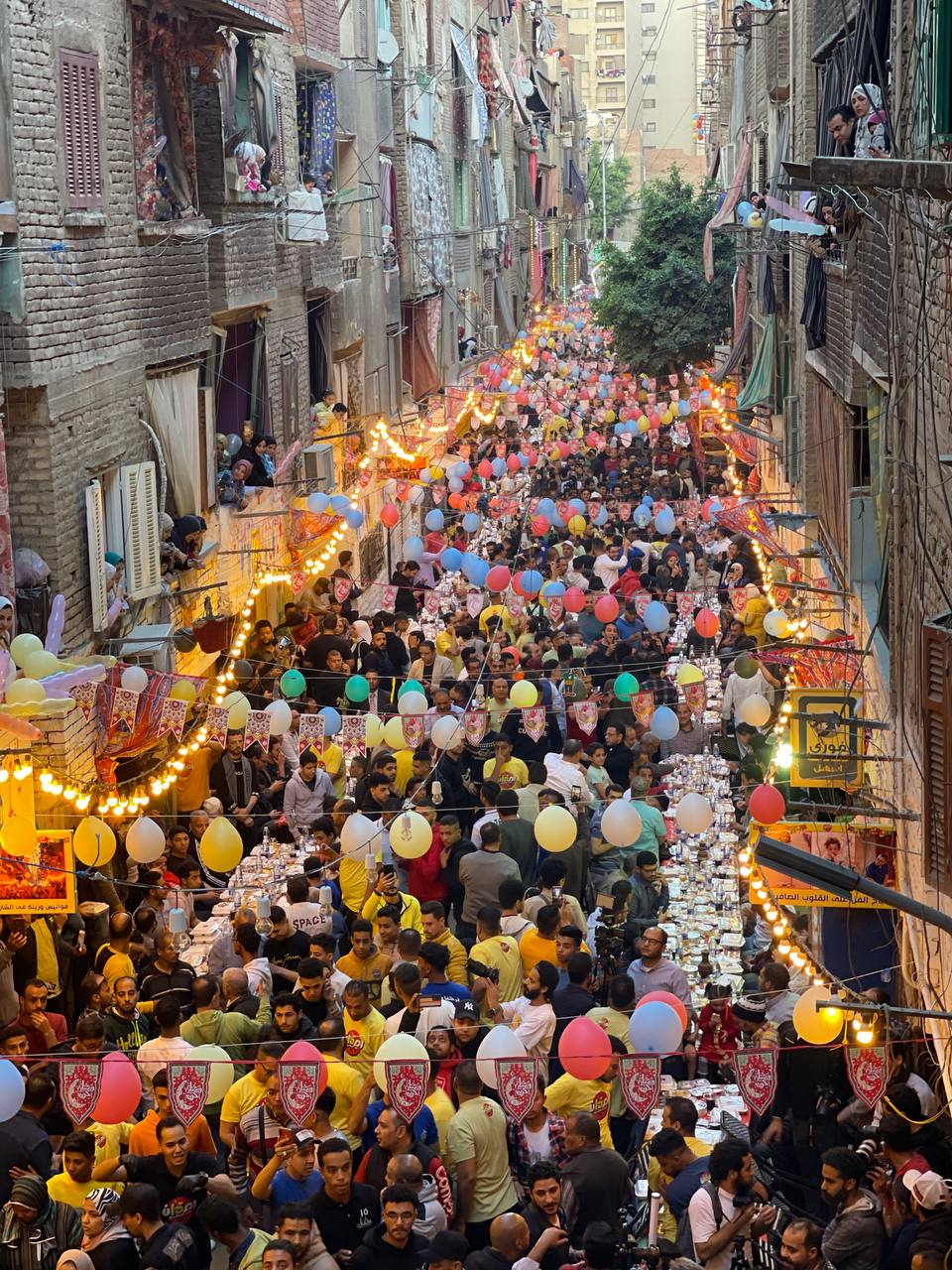
The neighbourhood in El Matareya, north of Cairo, celebrates breaking the breaking of the fast once a year with a big street festival. Photographer Taha Abeed, who shares the images of the festival on his Instagram account, writes the following: “with plates full of delicious food and hearts full of gratitude, we celebrated this blessed month with joy and community.”
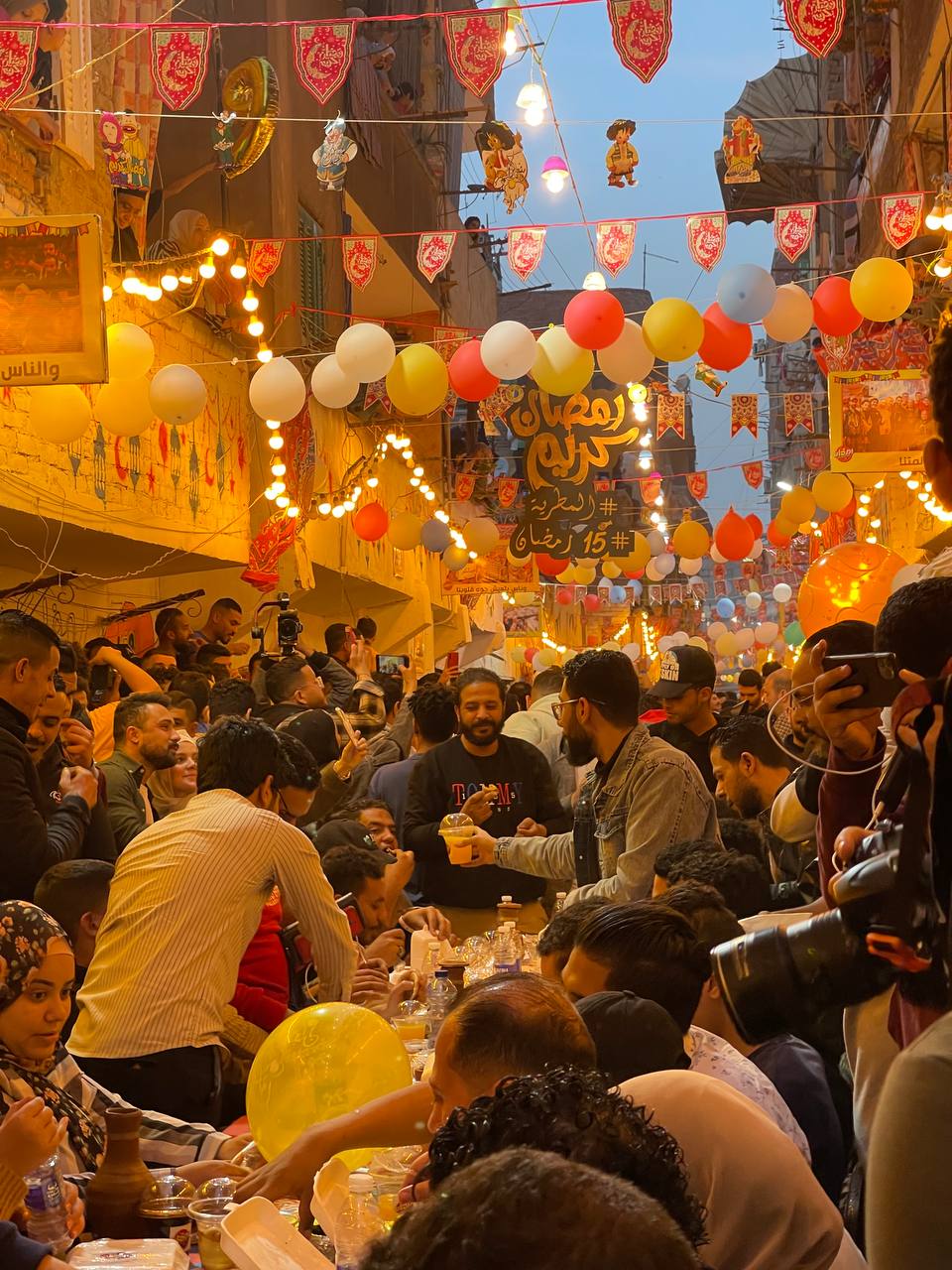
The whole neighbourhood is decorated with fairy lights, garlands and colourful balloons for this occasion. Residents step out onto their balconies or look out of their windows to watch the festive crowd. At the communal breaking of the fast, not only do people eat and drink, but also sing, dance, and “have a blast”. A real sight.
Hebron, Palestine
In the Palestinian city Hebron, located south of Ramallah and not far from Jerusalem, the situation for Palestinians is particularly precarious. Many streets in the city centre are closed to Palestinians, there are checkpoints on every corner, and Snipers sometimes lurk on the roofs. Jewish Settlers live in the old town in former Palestinian houses.
Shahd Ashour lives in Hebron with her family and shares some of her impressions of her Iftar-meal. She herself views Ramadan as an enriching and meaningful time: “We wake up before the sun rises and devour a delicious meal before we start fasting,” she explains. “Throughout the day, I look forward to the evening when all the members of the family sit together at the table again to enjoy the delicious dishes and heavenly desserts.” Visiting the mosque together and reading the Koran, she says, reminds the family year after year of the spiritual growth that the month brings, and it also brings her family closer together.
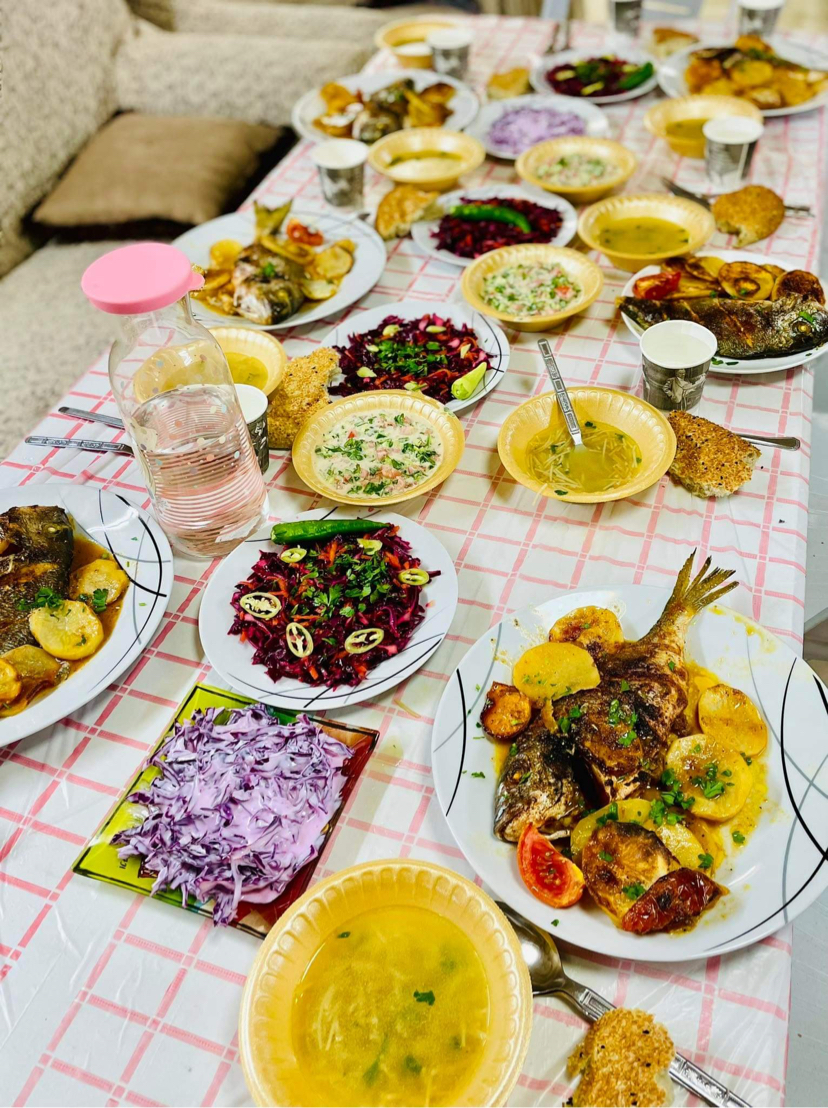
Grilled fish and a variety of salads and soups can be seen on the richly decorated table. The family also enjoy having Kuftah (seasoned minced meat rolls, topped here with tomatoes), Fatteh Bathenjan (fried bread or fried breadcrumbs with white sauce, aubergine and chopped meat with roasted almonds on top) and Qatayef (little pancakes folded and filled with cream/cream cheese) on the table during Ramadan. Her family have decorated their home lovingly with fairy lights with a crescent moon and stars on it to mark the holy month of Ramadan.
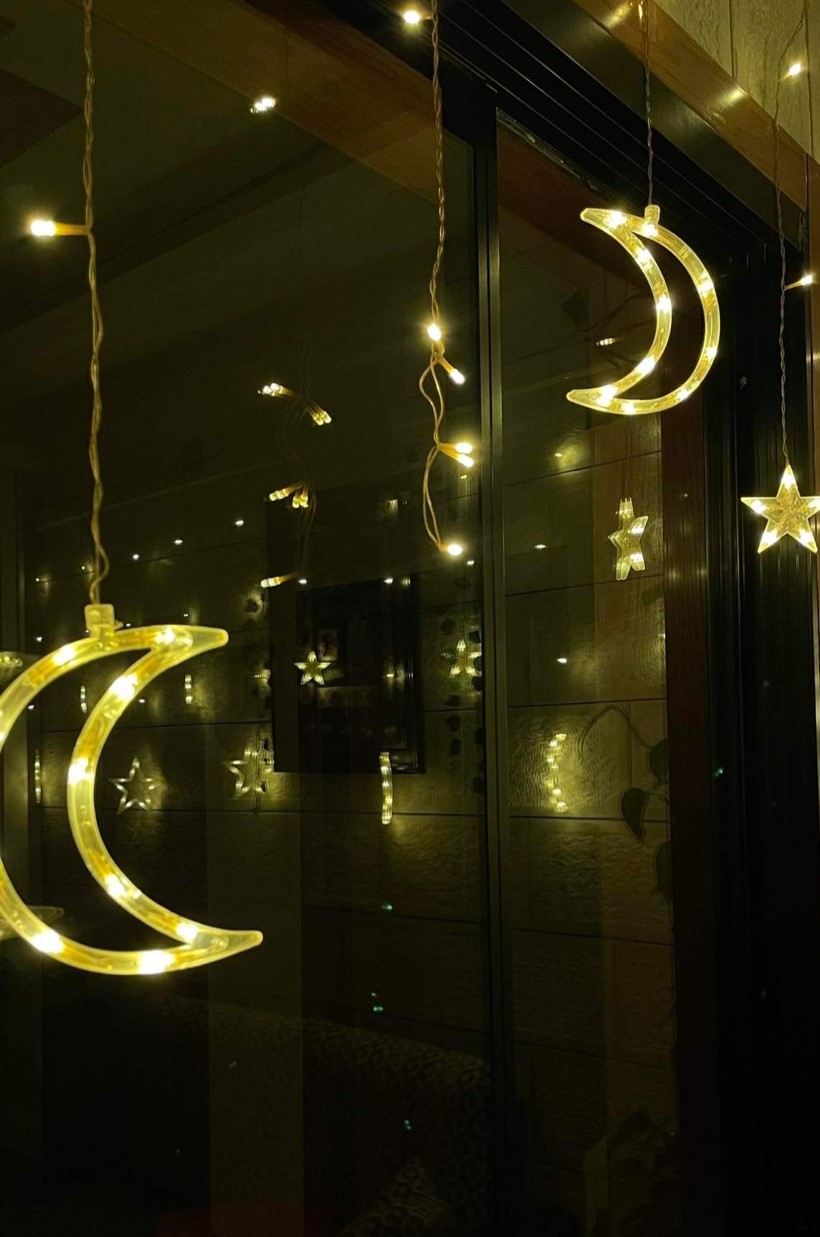
After the communal breaking of the fast, the family goes to their local Mosque for prayer.
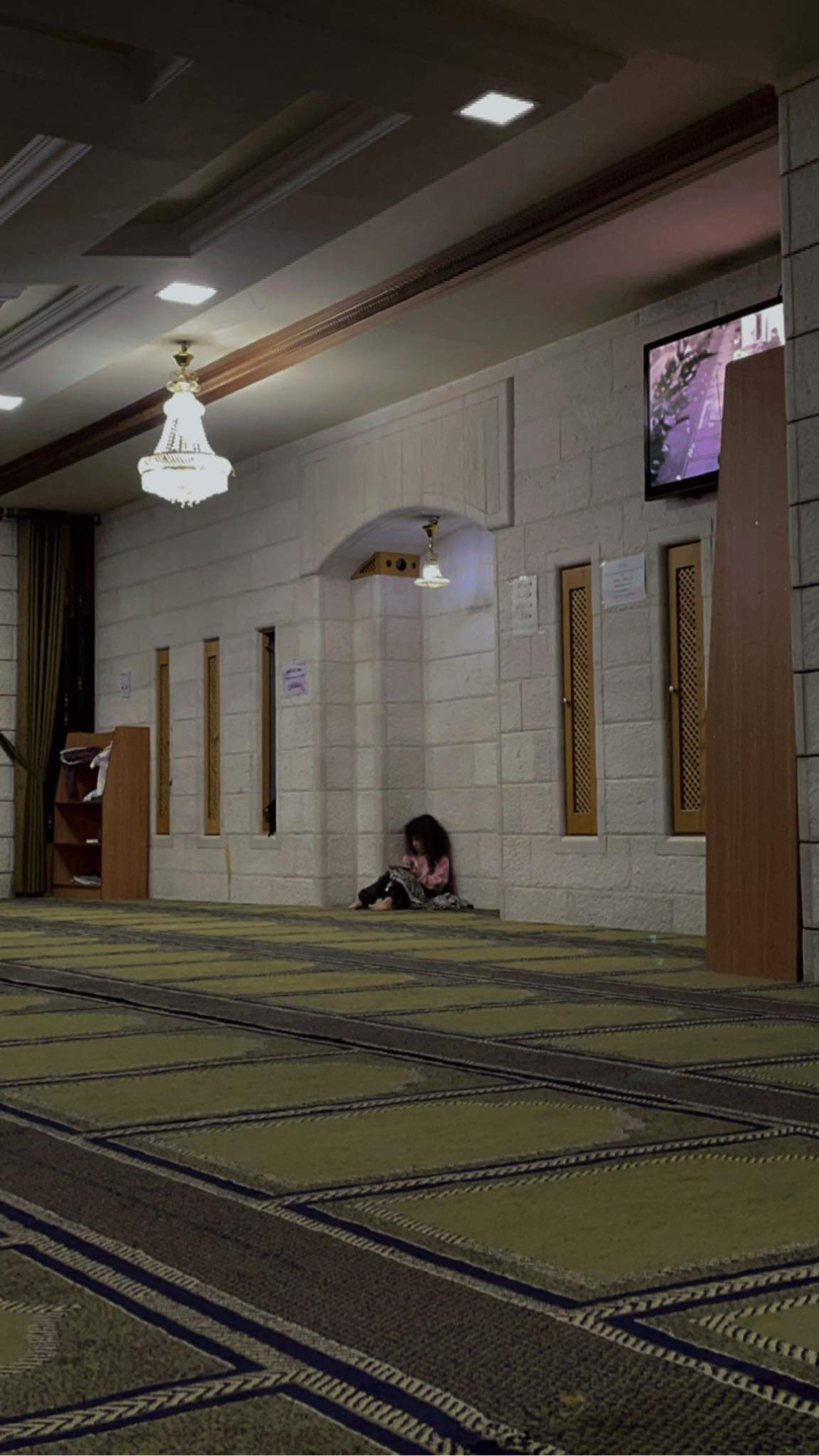
This photo shows the interior of the women's part of the mosque.
Malakasa-Camp, north of Athens, Greece
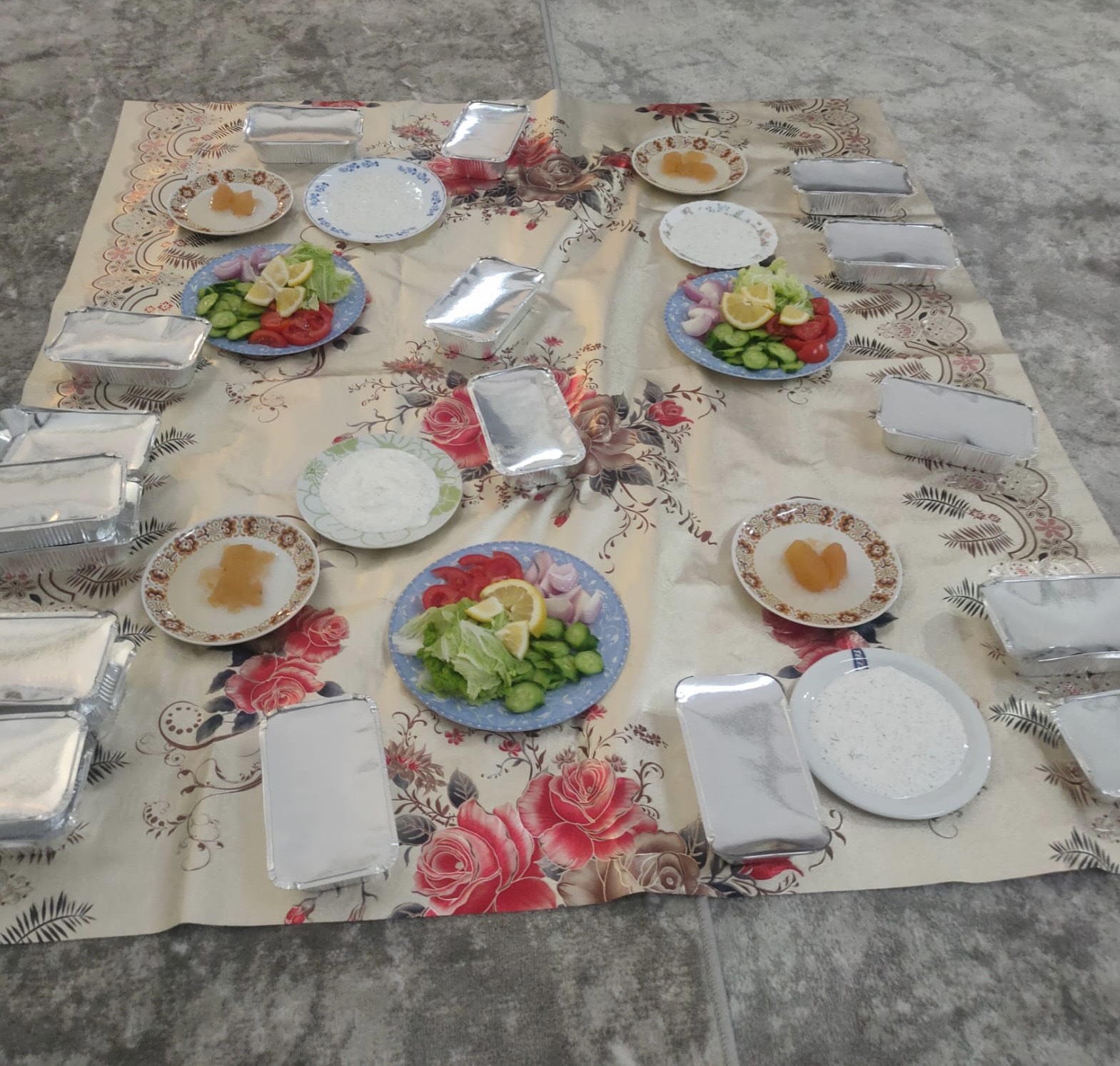
The aid organisations, “Afghans Empowered” and “Generation Outside of Afghanistan”, are working together on a joint campaign to provide delicious halal meals during Ramadan for refugees in Malakasa camp, north of Athens, Greece. “Our goal was to provide a dinner for every night of Ramadan”, Mursel Sabir, founder of Afghans Empowered, explains.
The meals were provided by volunteers from the temporary mosque in camp. The refugees gather round the linen cloth and savour a choice of rice, halal-meat, fruit, vegetables, yoghurt, dates, and water.
You can discover more photos that give insight into how others practise Iftar and celebrate Ramadan on our Instagram account.


